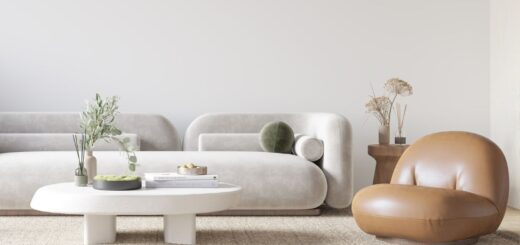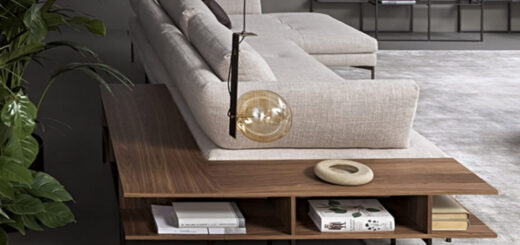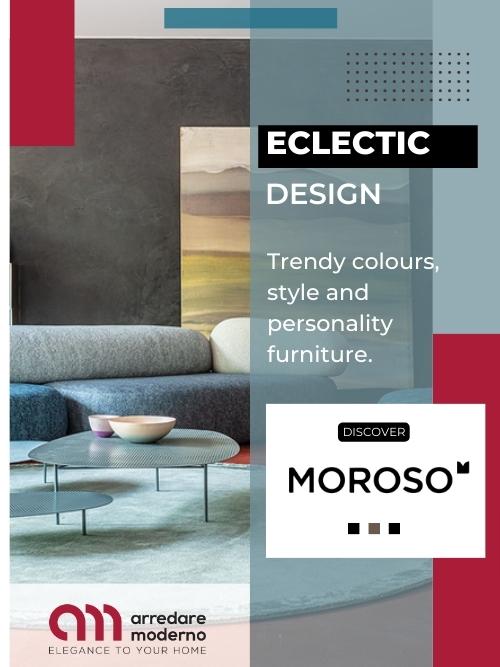Modern coloured walls: how to choose the right shade for the living room
To give your living room a new look, you have to start with the colour of the walls.
The choice of colour is one of the first things to consider when restyling an interior. Much of the work has to be done on the walls, which, partly due to their size, have a great influence on the look of the room. Modern coloured walls can add a touch of personality and character to the room. Choosing the right shade is not always such an intuitive decision. There are many options that can be considered for modern, stylish and trendy coloured walls for the living room at home.
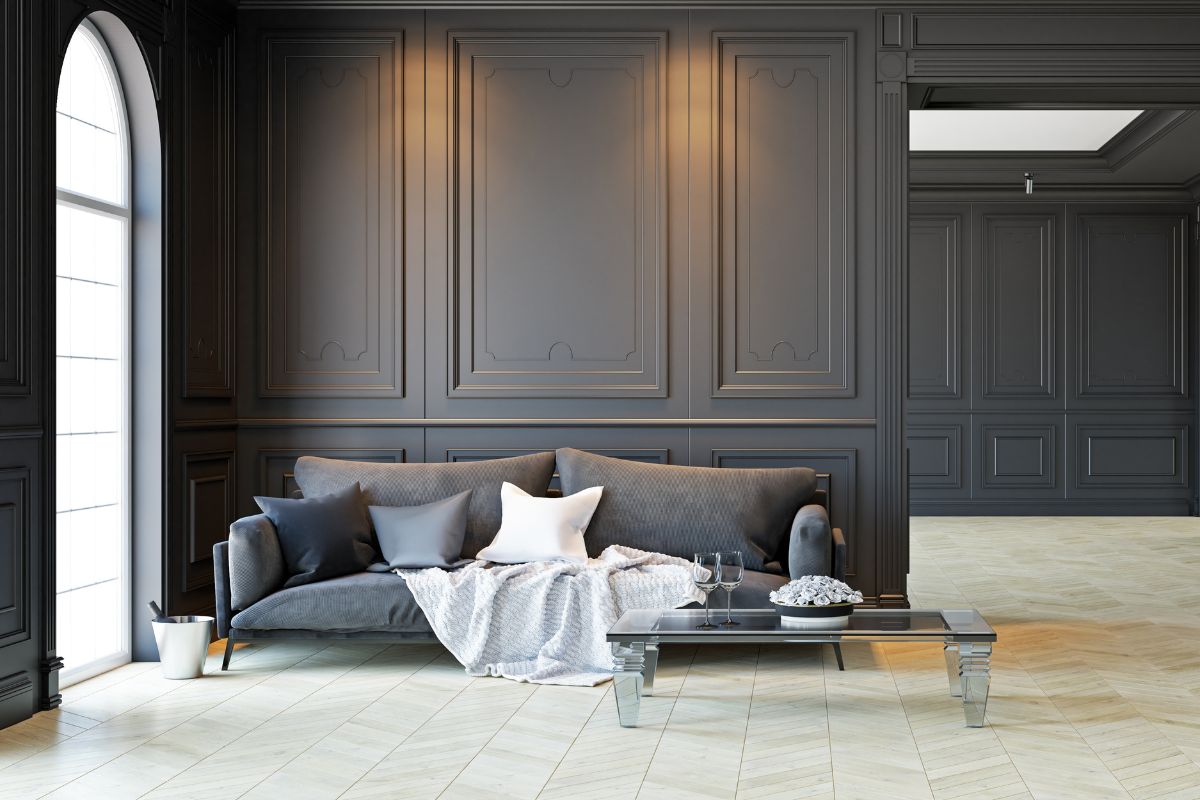
Coloured walls: many solutions for modern living – Canva
Coloured walls: many solutions for modern living
Neutral coloured walls
Neutral coloured walls are a popular choice for modern living rooms. Neutral shades are versatile, timeless and fit well with any furnishing style. Some of the most popular shades include beige, grey and taupe. These colours can be used as a background for designer furniture and accessories or as a base for adding decorative details.
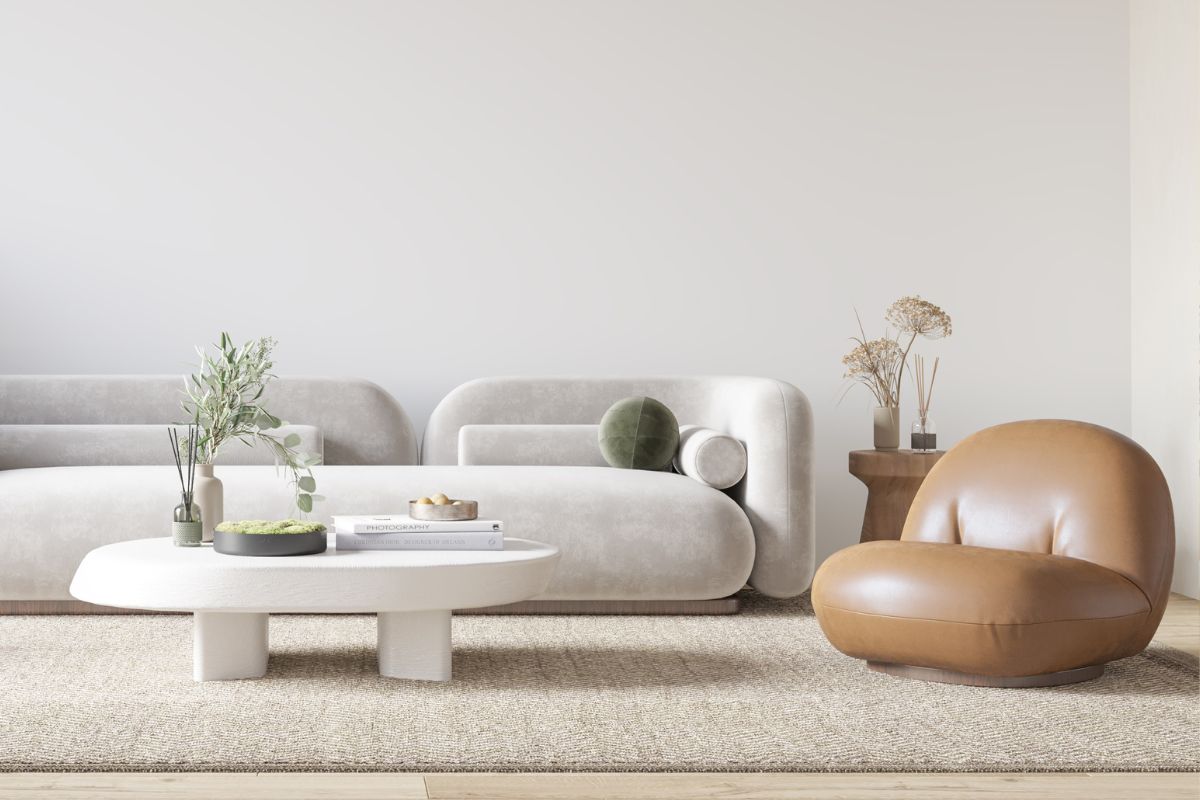
Bold coloured walls
If you want to give your living room a very personal touch by adding some character to the setting, bold coloured walls are the ideal option. Shades such as navy blue, red, dark green and purple can add a touch of liveliness and elegance to the room. It should be borne in mind here that these shades can be difficult to match with furniture and accessories, so be sure to choose the right combinations and colours to create a harmonious and not overdone look.
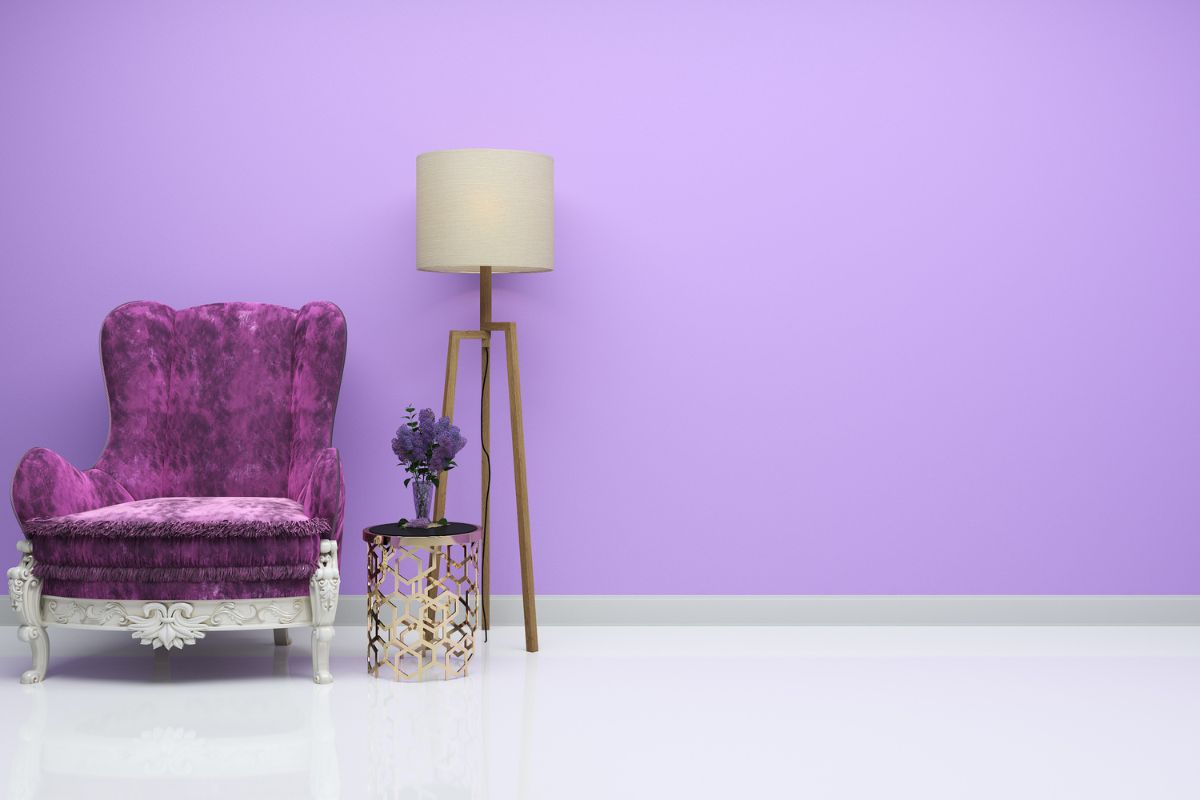
Coloured walls: many solutions for modern living – Canva
Contrasting coloured walls
Another option to consider for coloured walls is to create a pleasant contrast between surfaces. Contrasting walls are a modern and aesthetically pleasing option. This technique consists of painting one wall in a different shade than the others, thus creating a dynamic visual effect. For example, you can choose to paint one wall in a dark shade, such as blue or forest green, while the other walls are painted in lighter shades, such as white or beige. This creates a strong play of contrasts and can add depth to the room.
Contrasting walls can also be used to create a focal point in the interior. For example, you can choose to paint the wall where the fireplace or TV is located in a different shade to draw attention to that area of the room. It is important to pay attention to the choice of shades and ensure that they harmonise well with each other to avoid a discordant effect.
Contrasting walls can be combined with furniture and accessories that create an effect of continuity with the wall. For example, if you paint a wall in a strong shade, you can match furniture and accessories in dark wood or similar shades to create a consistent effect. Contrasting walls can also be used to create a minimalist look, using neutral colours and shades of grey to create a sophisticated mood.
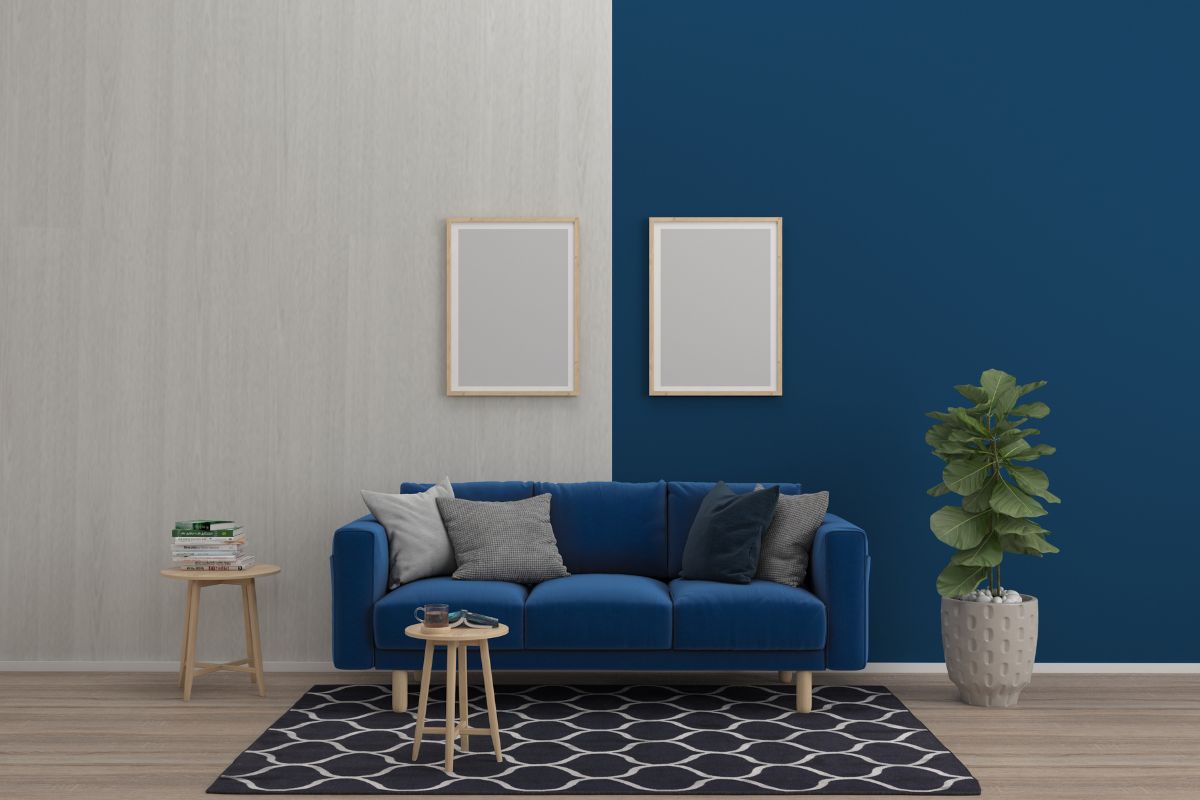
Coloured walls: many solutions for modern living – Canva
Matching tone-on-tone walls
Tone-on-tone coloured walls are an interesting option for living room walls. This technique consists of using the same colour, but in different shades, on the same wall or on adjacent walls. You may decide to paint one wall in a lighter shade than the others, thus creating an interesting visual effect. This technique can be particularly effective if neutral or pastel colours are used and can create a relaxing and harmonious ambience.
Tone-on-tone walls can also be used to create subtle and sophisticated contrasts, for example by using a pastel colour for the majority of the wall and a darker or more intense tone for a smaller section. In this way, a three-dimensional effect can be created on the wall.
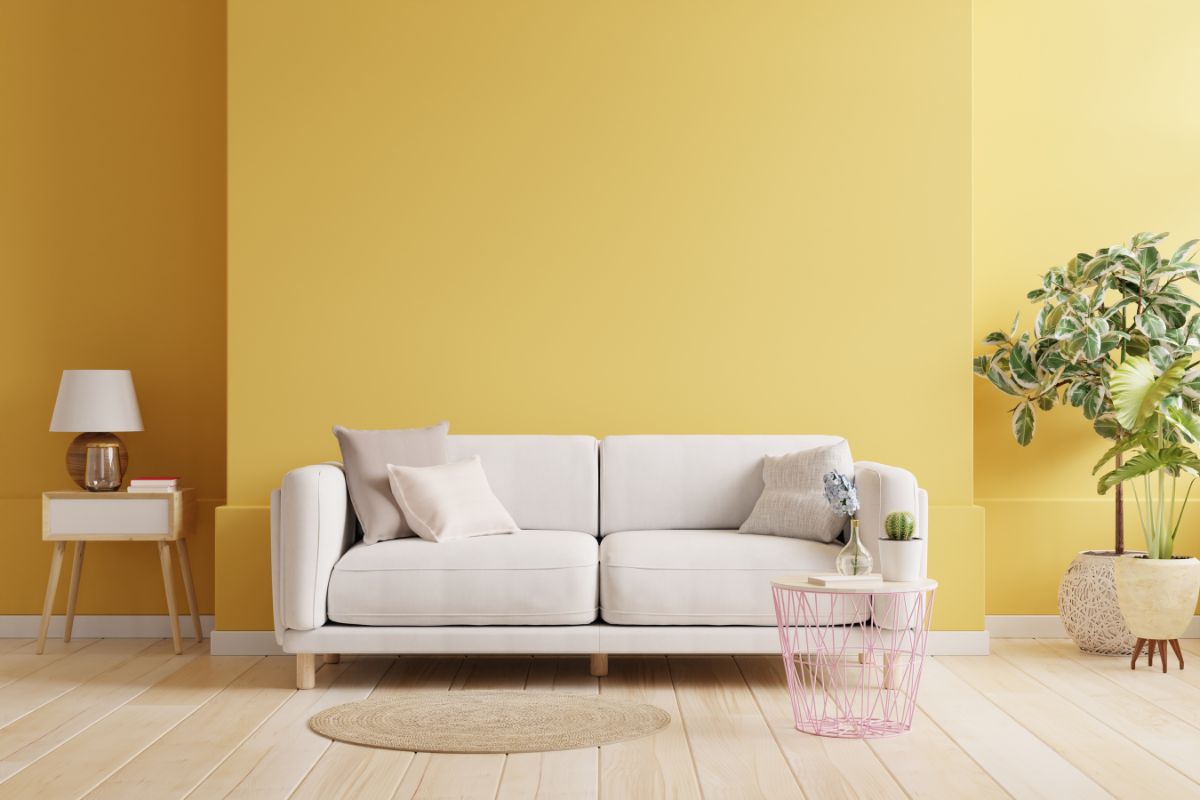
Coloured walls: many solutions for modern living – Canva
Walls with wallpapers
Wallpaper walls are a versatile and trendy option. Available in a wide range of designs, styles and colours, they can be used to create elegant and refined spaces.
One of the most popular trends for wallpaper walls is to use geometric patterns and abstract motifs. These designs can add a modern touch to a room. Striped or polka dot wallpapers are an interesting option for living room walls, as they can create some visual movement.
Wallpapers with floral or natural motifs can create a relaxing atmosphere and add a touch of freshness. Wallpapers with patterns that simulate wood or stone can create a realistic effect and give warmth to the room.
Iconic Re Edition LondonArt
Discover the new collections by LondonArt on Arredare Moderno.
Read also Wallpaper for the modern style: 10 inspiring images
How to choose the right colour for your living room walls?
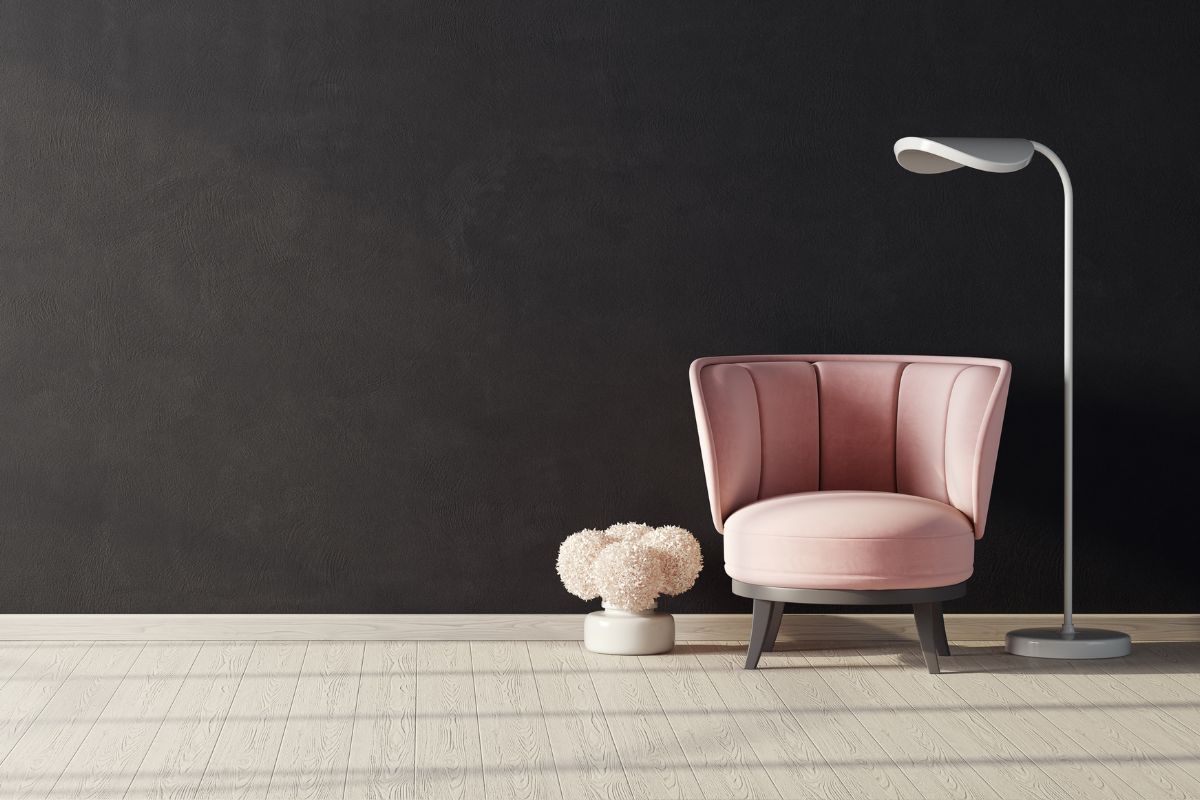
Coloured walls: many solutions for modern living – Canva
Consider the furnishing style
The first thing to consider when choosing a shade for coloured living room walls is the furnishing style of the room. With minimalist décor, for example, neutral walls might be the right choice.
Assess the natural light in the room
If the room is very bright, you can choose darker and more intense shades without making the room too dark. If the room is somewhat dark, the ideal solution is to opt for lighter shades to avoid making the room oppressive.
Choose according to your taste
The colour of the walls can influence the mood. Neutral colours such as white or grey, and cool colours such as blue and green can create a relaxing atmosphere. Warm colours such as red and orange create a more energetic and lively context.
Test the colour before painting
Before painting the walls, test the chosen colour on a portion of the surface and let it dry, observing how the colour changes in different light conditions during the day. This will give an accurate idea of how the colour will appear inside the room.
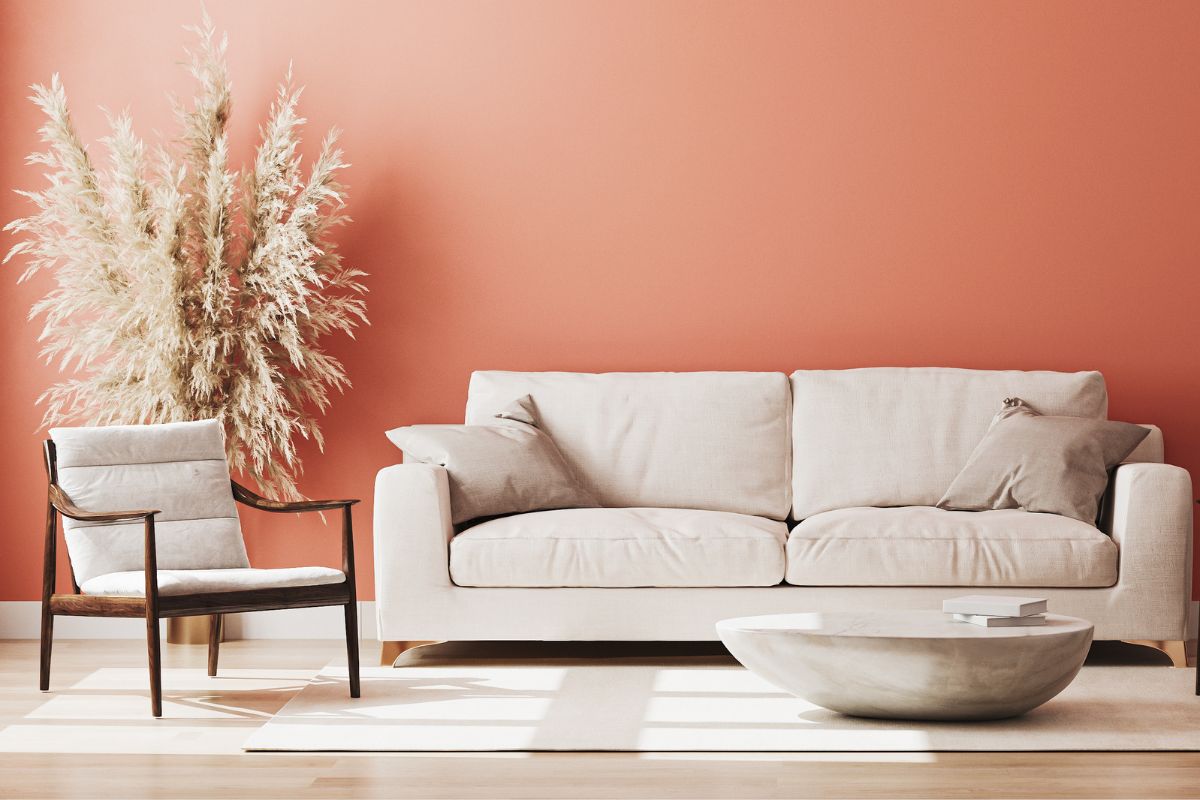
Coloured walls: many solutions for modern living – Canva



